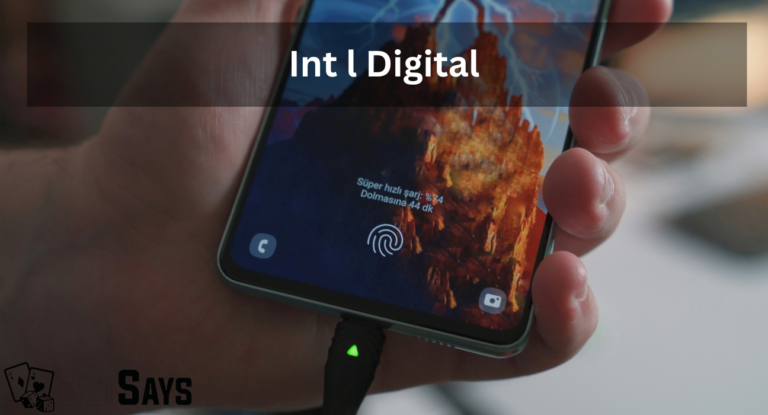PAI ISO Charges Explained: Everything You Need to Know
If you’ve recently checked your bank statement and noticed a charge labeled “PAI ISO,” you might be wondering what it means and why it’s there. This article will delve into the details of PAI ISO charges, their significance, and how to manage them effectively. By understanding these charges, you can keep better track of your spending, avoid unnecessary fees, and identify any unauthorized transactions on your account.
What is PAI ISO?
PAI ISO stands for Payment Alliance International Independent Sales Organization. Payment Alliance International (PAI) is a leading provider of ATM services, offering ATM processing, maintenance, and equipment to financial institutions and retailers. An Independent Sales Organization (ISO) is a company authorized by a bank to sell its services, such as credit card processing, to merchants. In simple terms, a PAI ISO charge appears on your bank statement when you use an ATM or make a purchase processed by Payment Alliance International.
Services Offered by PAI
PAI provides a range of services that facilitate financial transactions. These include:
- ATM Processing: PAI handles the processing of transactions made at ATMs, ensuring that funds are correctly transferred between accounts.
- ATM Maintenance: PAI offers maintenance services to keep ATMs operational and secure.
- Equipment Provision: PAI supplies ATMs and related equipment to financial institutions and retailers.
- Credit Card Processing: PAI processes credit card transactions for merchants, ensuring smooth and secure payments.
Why Does This Charge Appear?
A PAI ISO charge appears on your bank statement when you use an ATM or make a purchase that Payment Alliance International processes. This can happen for several reasons:
- ATM Usage: When you withdraw cash from an ATM that PAI services, a PAI ISO charge may be applied.
- Merchant Transactions: If you make a purchase at a retailer that uses PAI for credit card processing, you might see a PAI ISO charge.
- Service Fees: Some financial institutions charge fees for using out-of-network ATMs, which can result in a PAI ISO charge.
Common Reasons for Seeing a PAI ISO Charge
Understanding the common reasons for PAI ISO charges can help you manage your finances more effectively. Here are some typical scenarios:
- Using Out-of-Network ATMs: If you use an ATM that is not part of your bank’s network, you may incur a PAI ISO charge.
- Purchases at Certain Retailers: Some retailers use PAI for processing credit card transactions, leading to a PAI ISO charge on your statement.
- Service Fees: Banks may charge fees for certain services, such as balance inquiries or cash withdrawals at ATMs, which can result in a PAI ISO charge.
Link to ATM Usage
One of the most common reasons for PAI ISO charges is ATM usage. When you withdraw cash from an ATM serviced by PAI, a fee may be applied. This fee is often higher if the ATM is out-of-network, meaning it does not belong to your bank’s network. To minimize these charges, try to use in-network ATMs whenever possible.
How PAI ISO Works to Prevent Fraud
PAI ISO charges can also play a role in preventing fraud. By understanding these charges, you can quickly identify any unauthorized transactions on your account. If you see a PAI ISO charge for a transaction you did not make, it could be a sign of fraudulent activity. In such cases, it’s crucial to contact your bank immediately to report the unauthorized charge and take steps to protect your account.
What to Do If You Don’t Recognize the Charge
If you come across a PAI ISO charge on your bank statement that you don’t recognize, follow these steps:
- Review Recent Transactions: Check your recent transactions to see if you might have used an ATM or made a purchase that could result in a PAI ISO charge.
- Contact Your Bank: If you still don’t recognize the charge, contact your bank for more information. They can provide details about the transaction and help you determine if it was legitimate.
- Report Fraud: If you suspect the charge is fraudulent, report it to your bank immediately. They can take steps to protect your account and investigate the charge.
Good Financial Habits for Managing Bank Statements
To manage your finances effectively and avoid unnecessary PAI ISO charges, consider adopting these good financial habits:
- Regularly Review Statements: Make it a habit to review your bank statements regularly. This helps you keep track of your spending and quickly identify any unauthorized transactions.
- Use In-Network ATMs: Whenever possible, use ATMs that are part of your bank’s network to avoid additional fees.
- Understand Your Bank’s Policies: Familiarize yourself with your bank’s policies regarding ATM usage and service fees. This can help you avoid unexpected charges.
- Set Up Alerts: Many banks offer alert services that notify you of transactions on your account. Setting up these alerts can help you stay on top of your spending and quickly identify any suspicious activity.
Conclusion
Understanding PAI ISO charges is crucial for managing your finances effectively. By knowing what these charges are, why they appear, and how to avoid them, you can keep better track of your spending, avoid unnecessary fees, and protect your account from fraud. Regularly reviewing your bank statements and adopting good financial habits can help you stay on top of your finances and ensure that your money is being used wisely.







